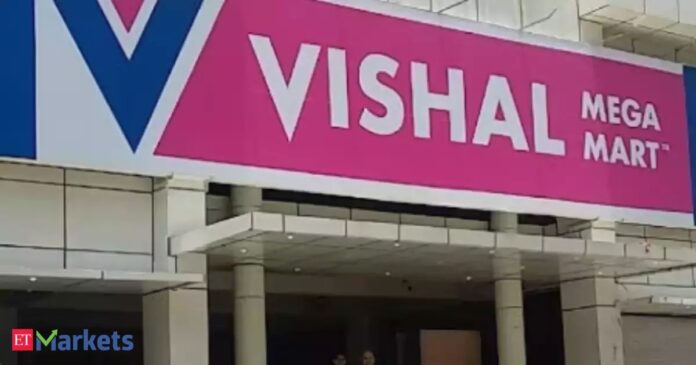Vishal Mega Mart Set to Launch Rs 8,000 Crore IPO: A New Chapter in Indian Retail
Vishal Mega Mart, a prominent player in India’s retail landscape, is gearing up for a significant milestone with the launch of its Initial Public Offering (IPO) valued at Rs 8,000 crore. Scheduled for public subscription from December 11 to December 13, 2023, this IPO is poised to attract considerable attention from investors and market analysts alike. The bidding for anchor investors will commence a day earlier, on December 10, as outlined in the Red Herring Prospectus (RHP) released recently.
Understanding the IPO Structure
The upcoming IPO is structured entirely as an Offer For Sale (OFS) of shares, with no fresh equity being issued. This means that the proceeds from the sale will not benefit Vishal Mega Mart directly; instead, they will go to the selling shareholder, Samayat Services LLP, which currently holds a substantial 96.55% stake in the company. This unique structure highlights the company’s strategy to provide liquidity to its existing shareholders while maintaining its operational focus.
The updated draft filing for the IPO was submitted in October, following the approval of Vishal Mega Mart’s confidential offer document by the Securities and Exchange Board of India (Sebi) on September 25. The company initially filed its offer document in July through a confidential pre-filing route, a process that allows for regulatory feedback before public disclosure.
The Confidential Filing Process
The confidential filing process involves several steps to ensure regulatory compliance and transparency. Sebi reviews the confidential Draft Red Herring Prospectus (DRHP) and provides feedback. Following this, the company must file an updated version (UDRHP-I) that incorporates these comments and is made available for public scrutiny for 21 days. After considering public feedback, the company submits a final update (UDRHP-II) before proceeding with the IPO.
Vishal Mega Mart’s Market Position
Vishal Mega Mart has established itself as a one-stop shopping destination primarily catering to middle and lower-middle-income consumers in India. The company offers a diverse product range that includes both in-house and third-party brands, spanning three key categories: apparel, general merchandise, and fast-moving consumer goods (FMCG). As of June 30, 2024, Vishal Mega Mart operates 626 stores across India, complemented by a mobile app and website that enhance customer accessibility and convenience.
The Growing Retail Landscape in India
The timing of Vishal Mega Mart’s IPO aligns with the burgeoning retail market in India. According to a report by Redseer, India’s aspirational retail market was valued at Rs 68-72 trillion in 2023 and is projected to reach Rs 104-112 trillion by 2028, growing at a compound annual growth rate (CAGR) of 9%. This growth is driven by several factors, including rising quality expectations, a wider array of product assortments, competitive pricing—particularly in the FMCG sector—urbanization, and the increasing opportunities for organized retail players to expand their footprint.
Leading the IPO: Book-Running Lead Managers
To facilitate this significant IPO, Vishal Mega Mart has enlisted the expertise of several leading financial institutions. The book-running lead managers for the issue include Kotak Mahindra Capital Company, ICICI Securities, Intensive Fiscal Services, Jefferies India, JP Morgan India, and Morgan Stanley India Company. Their involvement underscores the anticipated interest in the IPO and the strategic importance of Vishal Mega Mart in the retail sector.
Conclusion
As Vishal Mega Mart prepares to launch its Rs 8,000 crore IPO, the retail giant stands at the cusp of a new era. With a robust operational model, a clear understanding of its target market, and the backing of reputable financial institutions, the company is well-positioned to leverage the growing retail landscape in India. Investors and market watchers will undoubtedly keep a close eye on this IPO, as it not only represents a significant financial event but also reflects the evolving dynamics of the Indian retail market.

